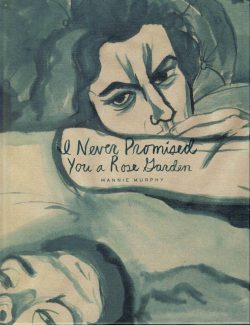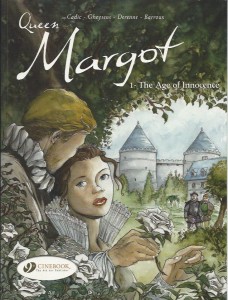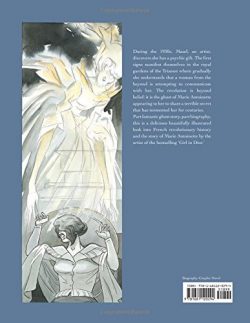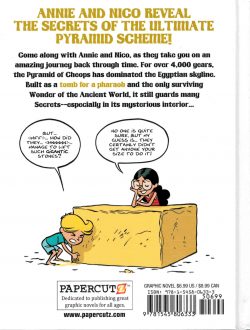

By Mannie Murphy (Fantagraphics Books)
ISBN: 978-1-68396-410-0 (HB)
How does memory work? Are your recollections neatly sorted and filed away: dry, dusty documents effortlessly relating time, place, event and response, or is the act of personal recall mired in apparently extraneous passions and seemingly irrelevant sidebars of emotion, pulling you from the topic far and away before circling back to what originally set you thinking?
Mine’s that last one, and it’s a phenomenon used to devasting effect by Mannie Murphy as they pull together deeply intimate musings on famous – but presumably unrequited – imagined inamorata who endured tragic fates, peppered with youthful school experiences and personal philosophies while powerfully delivering a chilling expose of the proudly racist and white supremacist history of hometown Portland, Oregon.
Rendered as a personal diary with sometimes-impenetrable cursive script married to wash-&-ink images, Murphy details long-distance, strictly hands-off relationships with teen icons River Phoenix, Keanu Reeves (specifically as observed in Gus Van Sant’s My Own Private Idaho); Kurt Cobain and less well-known or admired personalities: all while deftly dissecting the far-from-savoury development and current state of a region long considered the promised land for Far Right fantasists and dreamers.
Available in hardback or various digital formats, the meandering masterclass opens with ‘My Own Private Portland’setting the scene for a mesmerising journey through the city and state through the lens of damaged, disenfranchised and frequently doomed youth. Second chapter ‘Ken Death is Dead’ expands the discussion detailing the career of a beautiful poster child for Nazi extremism and convicted mass killer, who was just another pawn in a cruel game played by older, nastier Machiavellians, after which the story of Oregon and its awful record of racism, exclusion and mass murder – much of it permitted or committed by a complacent and compliant police force – is covered in ‘Flood’.
A hard-earned, personal view of the educational set-up and its grim consequences is related in ‘Victims of Groupthink’with perspective supplied by further reference to celluloid Lost Boys and their connections to bands like The Red Hot Chili Peppers, and other notable outsiders, all cleverly married to distressing accounts of tragedies and disasters that systematically shaped the city and the kids growing up the Oregon way.
The miraculous transport of curated memories then closes with a chilling Epilogue as ‘Young Hatemongers’ revisits the Ken Death trial and media storm around it with revelations that came to light during the later stages of this book’s creation.
Dark, brooding, deeply upsetting while brimming with potent immediacy and rough-hewn passion, I Never Promised You a Rose Garden is an apparently rambling but carefully steered narrative of seemingly random remembrances that serve as a warning from history and heartfelt plea for people to be better than they are…
© 2021 Mannie Murphy. This edition © 2021 Fantagraphics Books, Inc. All rights reserved.



















